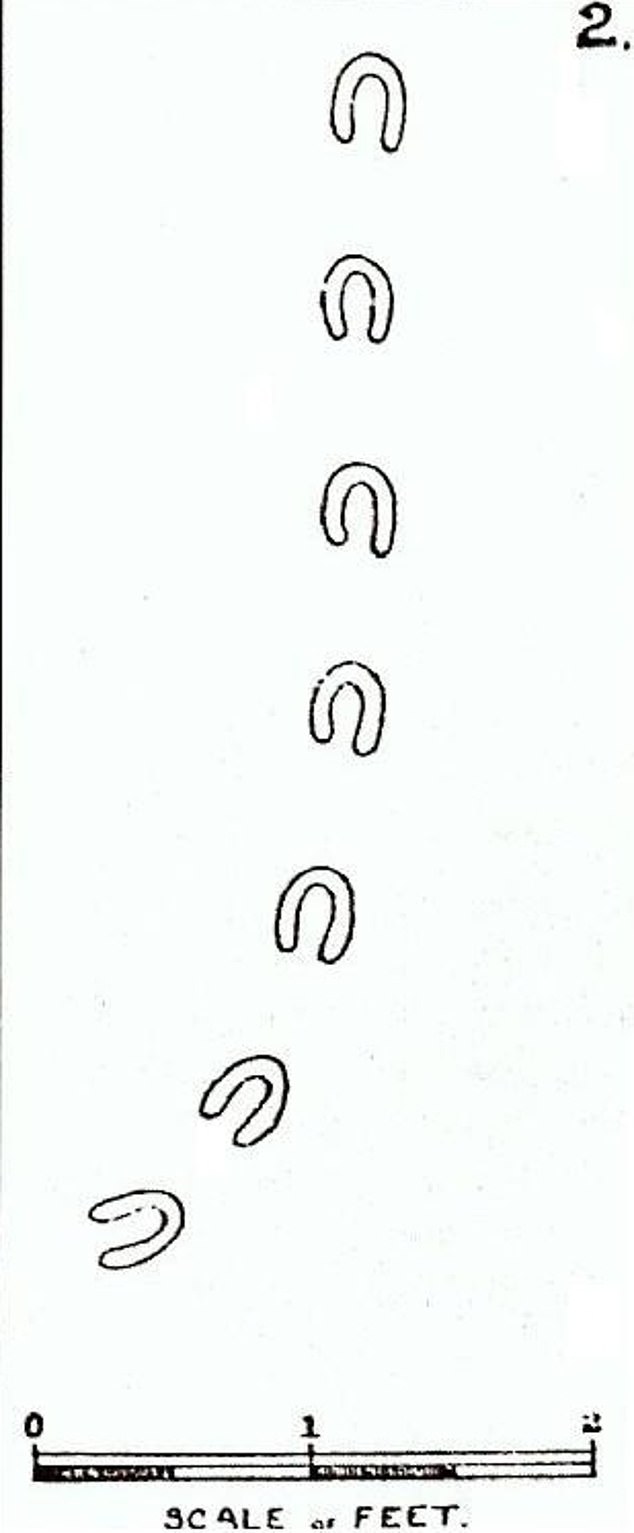Why was the Marquess of Clanricarde ‘the most unpopular man in the United Kingdom’?
QUESTION Why was the Marquess of Clanricarde ‘the most unpopular man in Britain’?
This was the 2nd Marquess of Clanricarde, Hubert George de Burgh-Canning (1832-1916), a notorious miser and eccentric who never visited his Irish landholdings and treated his tenants cruelly.
Clarricarde’s mother was a daughter of George Canning, the Prime Minister. His uncle, Lord Canning, was Viceroy of India at the time of the Indian Rebellion of 1857. Having no children of his own, he left his nephew a large fortune.
On 10 April 1874, Clanricarde inherited six noble titles and became owner of Portumna Castle in Galway, along with an estate of approximately 57,000 hectares.
Clanricarde lived in London, in a luxurious apartment in the Albany building, near Piccadilly.
A 1900 Vanity Fair caricature of the 2nd Marquess of Clanricarde, Hubert George de Burgh-Canning, a stingy landlord
Meanwhile, his estates and tenants were neglected. On June 29, 1882, his land agent John Henry Blake was murdered. In August 1886, a number of its tenants were brutally evicted for non-payment of rent.
His estates became the focus of the Land War, a period of agricultural unrest in which local tenants attempted to obtain fair rents. Despite the insistence of successive Chief Secretaries of Ireland, Sir Michael Hicks Beach and Arthur James Balfour, Clanricarde refused to compromise and continued to evict his tenants.
He contemptuously rejected the Wyndham’s Land Act of 1903, a scheme which provided terms for voluntary sales on terms favorable to both owners and tenants.
Augustine Birrell’s Irish Evicted Tenants Bill of 1907, which sought the compulsory purchase of land from absentee landlords, stirred Clanricarde into action and he made his one and only speech in the House of Lords.
On August 6, 1907, colleagues and journalists gathered to watch this despised figure deliver his inaugural lecture. The journalist Michael MacDonagh described ‘a faded, fragile, withered figure, leaning heavily on a stout and shabby umbrella as he walked feebly along, looking straight ahead and apparently seeing nothing’.
Clanricarde’s oration was full of flowery rhetoric, but was undermined by his weak delivery.
Clanricarde’s recalcitrance resulted in the Land Act of 1909, which enabled district councils to forcibly acquire land. By July 1915, many of Clanricarde’s properties were finally out of his care, leading to a significant financial loss.
Clanricarde himself was evicted from Albany due to a dispute with his landlords over rent.
Jonathan Sewell, Pembroke.

A sketch from the 1855 Illustrated London News showing what the Devil’s Hoof Prints may have looked like
QUESTION Have the Devil Hoofprints ever been explained?
The Devil’s Hoof Prints refers to a phenomenon that occurred in Devon in February 1855. It involved a series of hoof-like tracks found in the snow that covered a distance of about 100 miles across the country and appeared seemingly overnight.
The tracks were small, cloven hoof-like prints about four inches long, arranged in a single row, and seemed to pass over rooftops, as if the creature making them had ignored obstacles in its path. The phenomenon sparked a national conversation about their origins.
Trewman’s Exeter Flying Post was the first newspaper to report on the tracks, describing: ‘An excitement worthy of the Dark Ages’ with ‘footprints of a very strange and mysterious description’.
The national debate played out in the Illustrated London News. The naturalist Richard Owen stated that the footprints were the hind paw of a badger. One writer believed they were the tracks of a large bustard, another suggested they were the tracks of a rat jumping through the snow.
One tongue-in-cheek contribution claimed that the tracks were those of the monopod, a rarely seen mammal spotted in Labrador in 1001 AD by the Icelandic explorer Biom Herjolfsson.
Geoffrey Household, who edited a booklet on all correspondence on the matter, believed that these were the marks left by two buoys resulting from a balloon that had escaped its mooring.
Keith Moore, Honiton, Devon.

A mainstay of modern parenting – but when were baby pacifiers actually invented, and by whom?
QUESTION Who invented pacifiers for babies?
Small clay dummies with a small hole from which a baby could suck honey have been found in Cypriot graves. These date from about 1000 BC.
In Britain from the 17th to 19th centuries, a ‘coral’ was a teething toy made of coral, ivory or bone, often mounted in silver as a rattle handle.
The modern rubber pacifier with the rubber teat, shield and handle design was patented in 1901 by Manhattan pharmacist Christian W. Meinecke as ‘Baby Comforter’.
Mrs Sarah White, Newcastle upon Tyne.
